We know that aided language Input, also known as Aided Language Stimulation (ALS), or modeling is a proven strategy that helps AAC users become better communicators. But often there are second thoughts about whether we are modeling language the right way. Some of us also experience a self-imposed pressure to model during every activity. Moreover, there can be a disproportionate focus on the intervention strategy itself rather than on the communicator and their interests.
The key to being a super AAC model is to not fret over the nitty-gritty and instead shower your attention on engaging the communicator. Here are a few things to keep in mind to provide aided language input for maximum language stimulation –
Communicate to Connect
Why do we all communicate? When we express pain, we seek to derive comfort from others. If we are joking, we are striving to make someone laugh. We are trying to connect with people around us by communicating our feelings and thoughts.
What is a politician’s speech or a corporate advertisement trying to communicate? All communication intends to connect with their audience and convey a message. It is no different for AAC users. So, when we model language for our communicators, we must prioritize building connections.
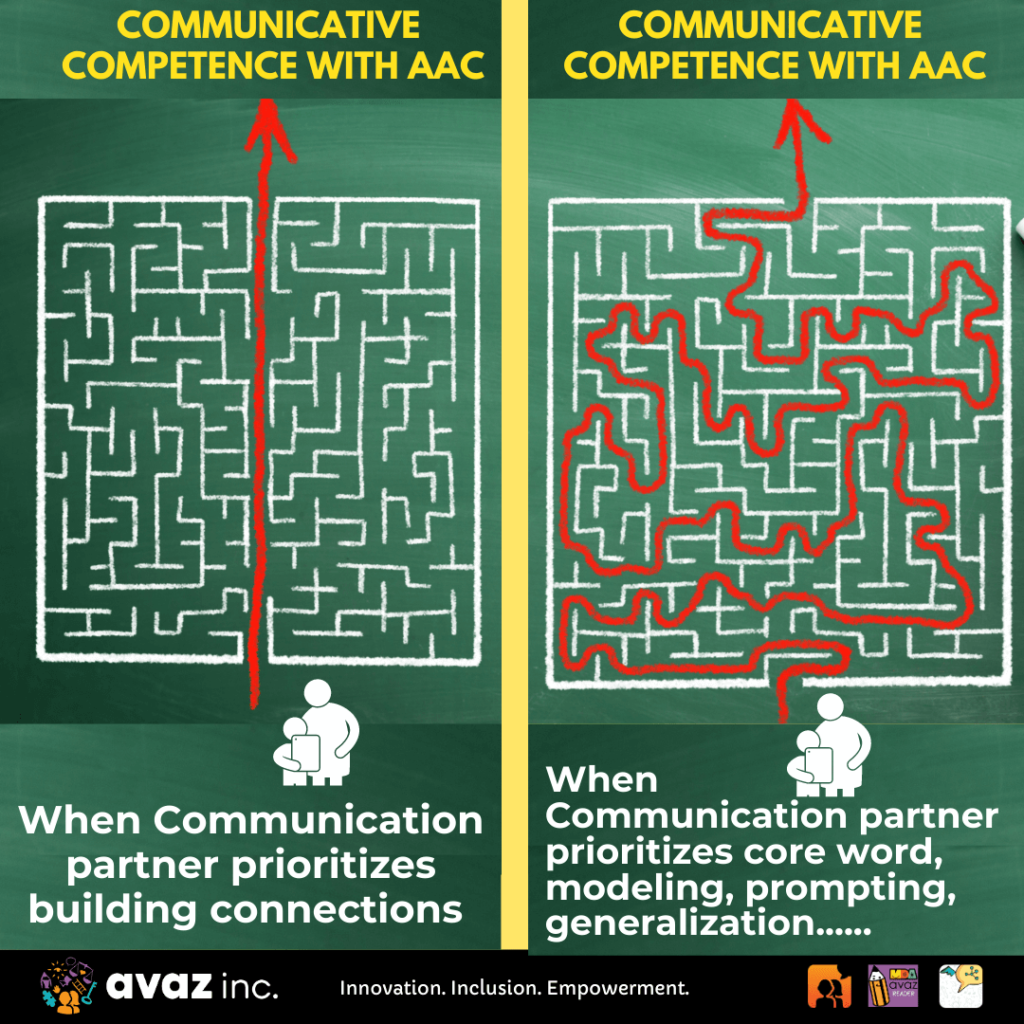

The best way to connect with a communicator is to model AAC use during an activity they enjoy. If we have target vocabulary or language skills that we want them to acquire, we can very well incorporate that too.
A child who is keen on watching Paw Patrol stands to gain more AAC skills if we modeled language around the activity.
“Rocky looks afraid“
Model the word ‘afraid on the AAC system.
“I’d be afraid too if I saw an animal running towards me”
Don’t be Hard on Yourself
The more communicators are exposed to language, it is undoubtedly the better. AAC users generally receive less language stimulation than their neurotypical peers. This means that we need to compensate for the lack of enough language learning opportunities by modeling around them as much as possible.
That said, modeling during every activity or throughout the day may not be a realistic goal. There are a few challenges to providing aided language stimulation, time constraints being a major one.
It takes time and effort to model AAC use. Communicating using AAC is not natural for us. It is, without doubt, harder than speech or other modes of communication neurotypicals use. So, sometimes when we want to savor the moment and have fun with the communicator during an activity, ALS may not be on our minds.
That is perfectly OKAY!
Give yourself an A for effort and model AAC use at the next opportunity. After all, every day is filled with communication opportunities.
Ensure Constant Access to AAC
Take this one seriously because we’ll be able to seize communication opportunities and provide ALS only if an AAC system is readily available. Imagine being at the pool and something funny happened. What better time to engage the communicator, build conversation, and provide language stimulation?
Having low tech AAC such as picture charts or vocabulary boards around the school or house also allows you to provide ALS during mealtimes, playtime, and other activities.
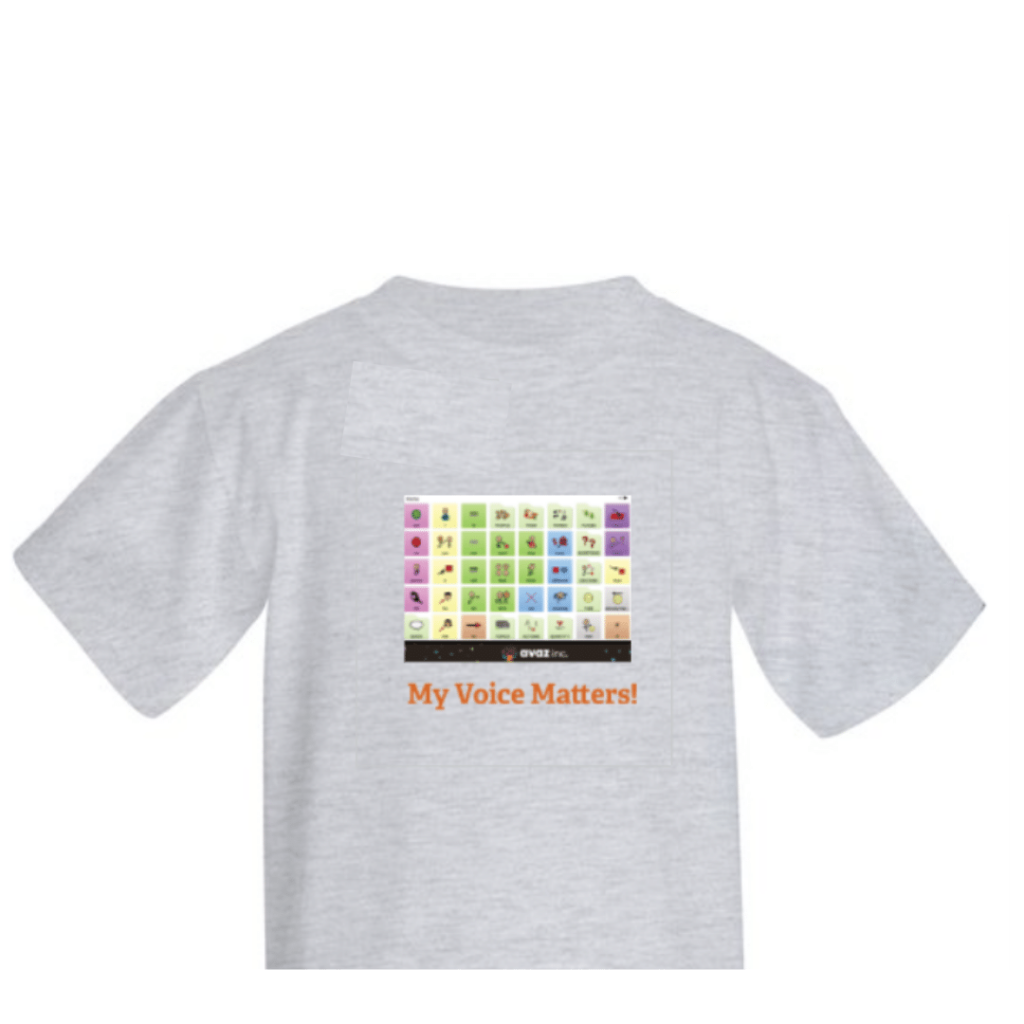

There are several other fun ways in which you can ensure constant access to AAC. Get an AAC T-shirt, pillow, wristband, keychain, or other customized accessories. This way, you will never miss out on any opportunity to model language.
Consistent Aided Language Input by communication partners has shown to have a significant impact on a communicator’s language acquisition. AAC users pick up more vocabulary, gain knowledge of semantics, syntax, and morphology when the people around them show how language and AAC can be used. ALS also plays a major role in fostering the literacy and communicative competence of AAC communicators.
Did you enjoy reading this blog about aided language stimulation? Please share your feedback and suggestions in the comment section below.

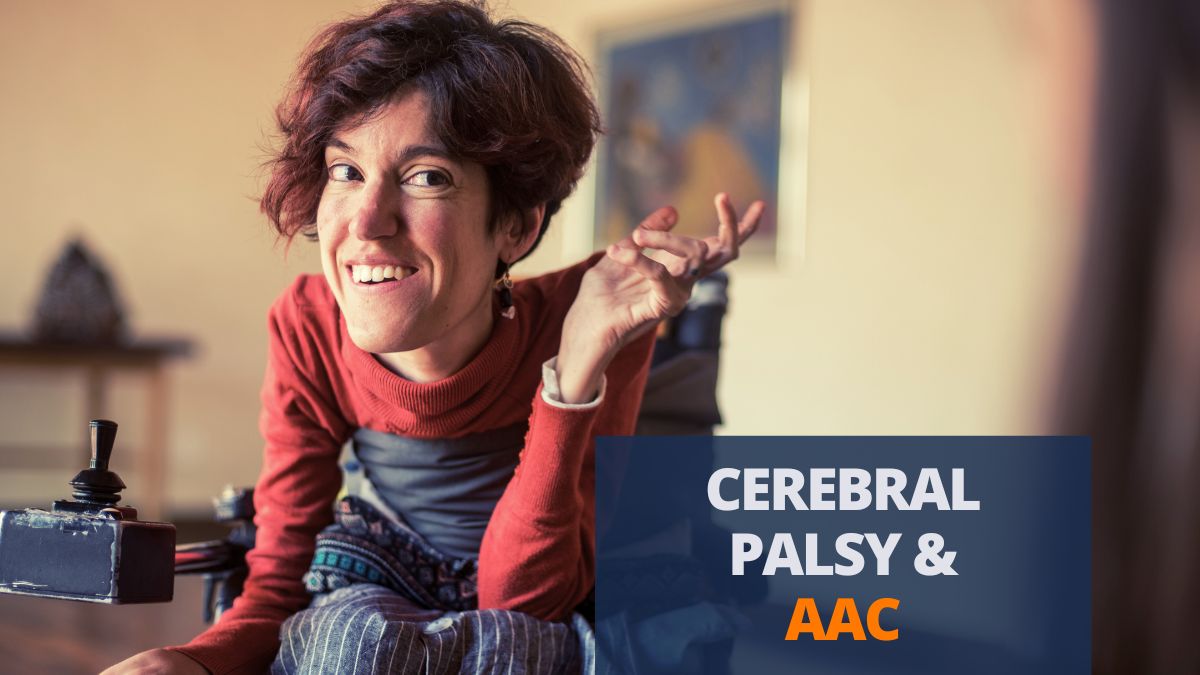
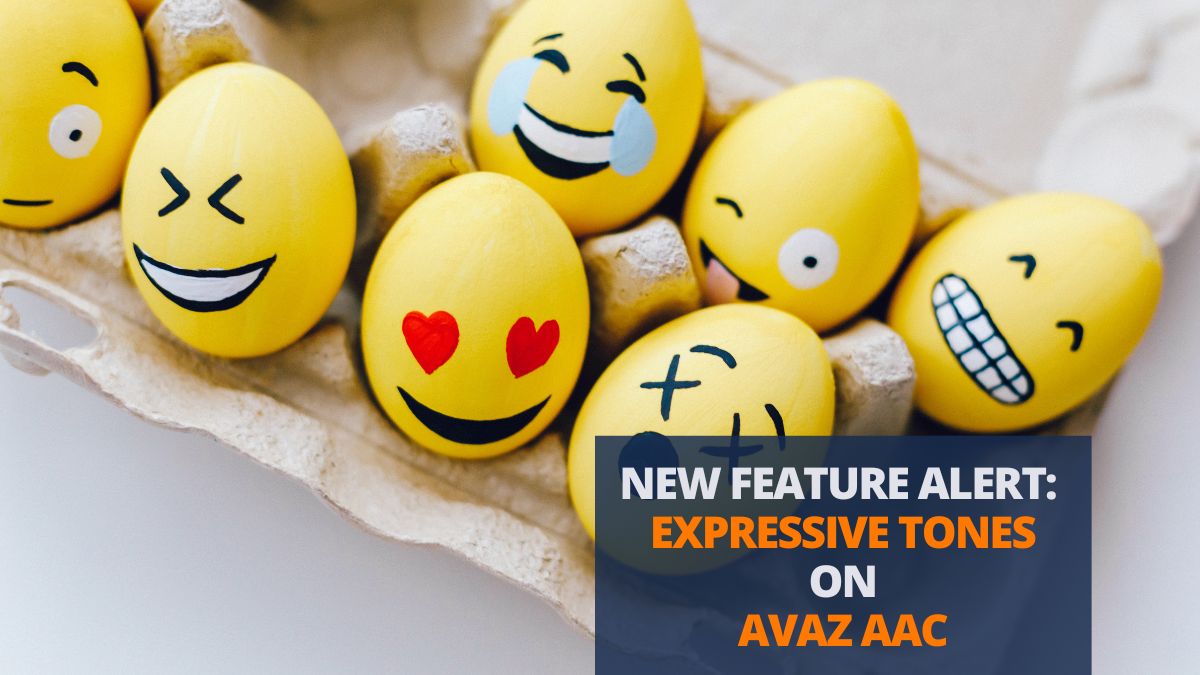
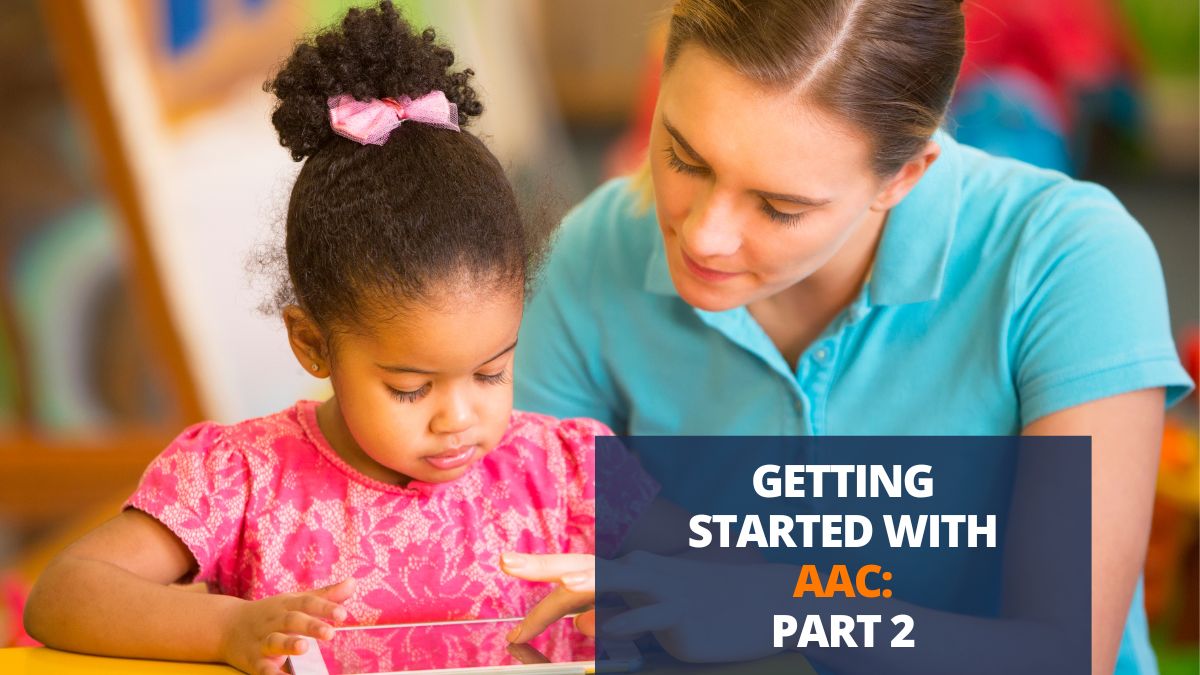
The picture clearly shows the difference between modelling in a natural environment vs modelling in a table top environment. The second type will fail to generalize a word which is very important skill for language acquisition.
I often model the word afraid in a natural environment..for example when he is angry ..model ‘amma is afraid and make a face for it’ . Over a period of time this face becomes a model for afraid . Then sometimes in a fun away ask ” how is amma afraid” then he will make a afraid face . These are small joys of natural language learning which aac makes possible for language impaired child .
Thanks, Priya, for sharing your experiences with modeling. Modeling emotions with facial expressions along with language is a great suggestion!
Vwry well written article with realistic examples.
Thanks for your feedback.